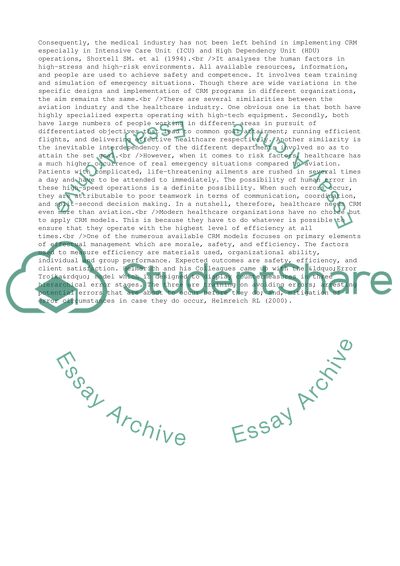Cite this document
(CRM Model Application And Relevance In Medical Practice Coursework, n.d.)
CRM Model Application And Relevance In Medical Practice Coursework. https://studentshare.org/management/1552560-crm-model
CRM Model Application And Relevance In Medical Practice Coursework. https://studentshare.org/management/1552560-crm-model
(CRM Model Application And Relevance In Medical Practice Coursework)
CRM Model Application And Relevance In Medical Practice Coursework. https://studentshare.org/management/1552560-crm-model.
CRM Model Application And Relevance In Medical Practice Coursework. https://studentshare.org/management/1552560-crm-model.
“CRM Model Application And Relevance In Medical Practice Coursework”. https://studentshare.org/management/1552560-crm-model.


